- 0086-0769-87986375
- Welcome you to Dongguan Yili Bags Co., Ltd. website!
5 Essential Tips for Choosing the Perfect Cycling Storage Bag
When it comes to cycling, proper equipment storage is just as crucial as the ride itself. A high-quality Cycling Storage Bag can not only protect your gear but also enhance your overall cycling experience. According to a recent report by the National Cycling Association, nearly 65% of cyclists invest in specialized storage solutions to keep their bikes and accessories safe from damage. With the cycling market projected to reach $8 billion by 2025, the demand for reliable storage options continues to grow. Thus, choosing the ideal storage bag becomes paramount for both enthusiasts and casual riders alike. This article will outline five essential tips to help you select the perfect Cycling Storage Bag, ensuring your biking adventures are always well-organized and your gear is safeguarded.
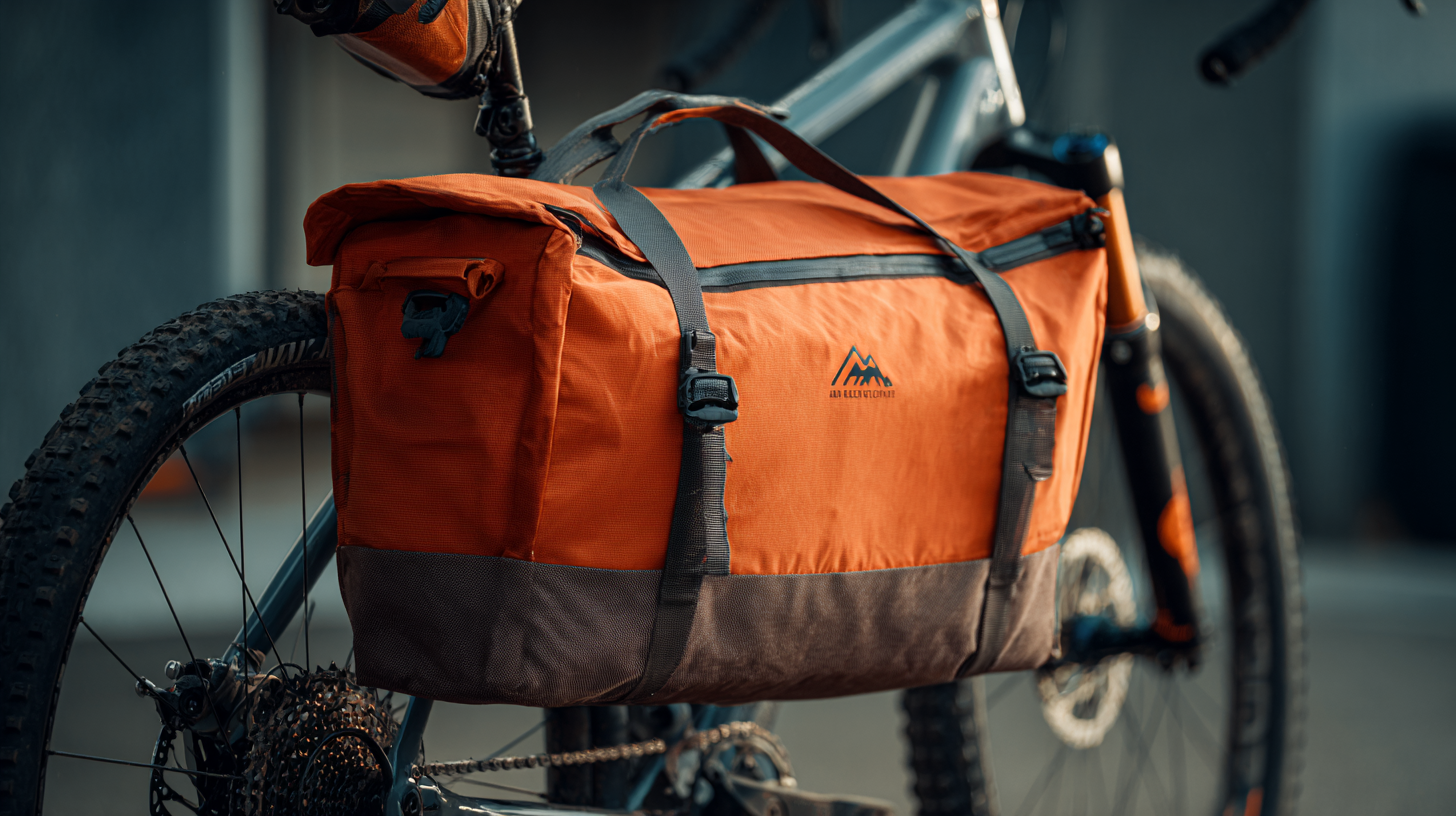
Understanding Your Cycling Storage Needs
When it comes to selecting the ideal cycling storage bag, understanding your specific storage needs is paramount. According to a report by the Outdoor Industry Association, over 40% of cyclists participate in off-road biking, which often requires a more rugged and versatile storage solution. This type of cycling necessitates bags that not only protect your gear from the elements but also include features such as water resistance and multiple compartments for organization.
Additionally, a survey by Cycling Industries Europe shows that 65% of cyclists prefer storage bags that provide easy access to essentials during rides. Therefore, when choosing a cycling storage bag, consider factors such as bag size, compartment layout, and ease of attachment to your bike. Larger bags may be great for long-distance travels, while compact options are suited for daily commutes. By aligning your storage choice with your cycling habits, you can enhance both your ride experience and equipment protection.
Key Features to Look for in a Cycling Bag
When selecting a cycling storage bag, several key features should be prioritized to ensure functionality and convenience. According to a report by the Outdoor Industry Association, nearly 60% of cyclists express frustration over inadequate storage solutions during rides. To avoid such inconveniences, consider the bag's size, compartments, and ease of access. A well-designed cycling bag should not only provide ample space for essentials but also include multiple pockets to keep items organized and easily reachable while on the go.
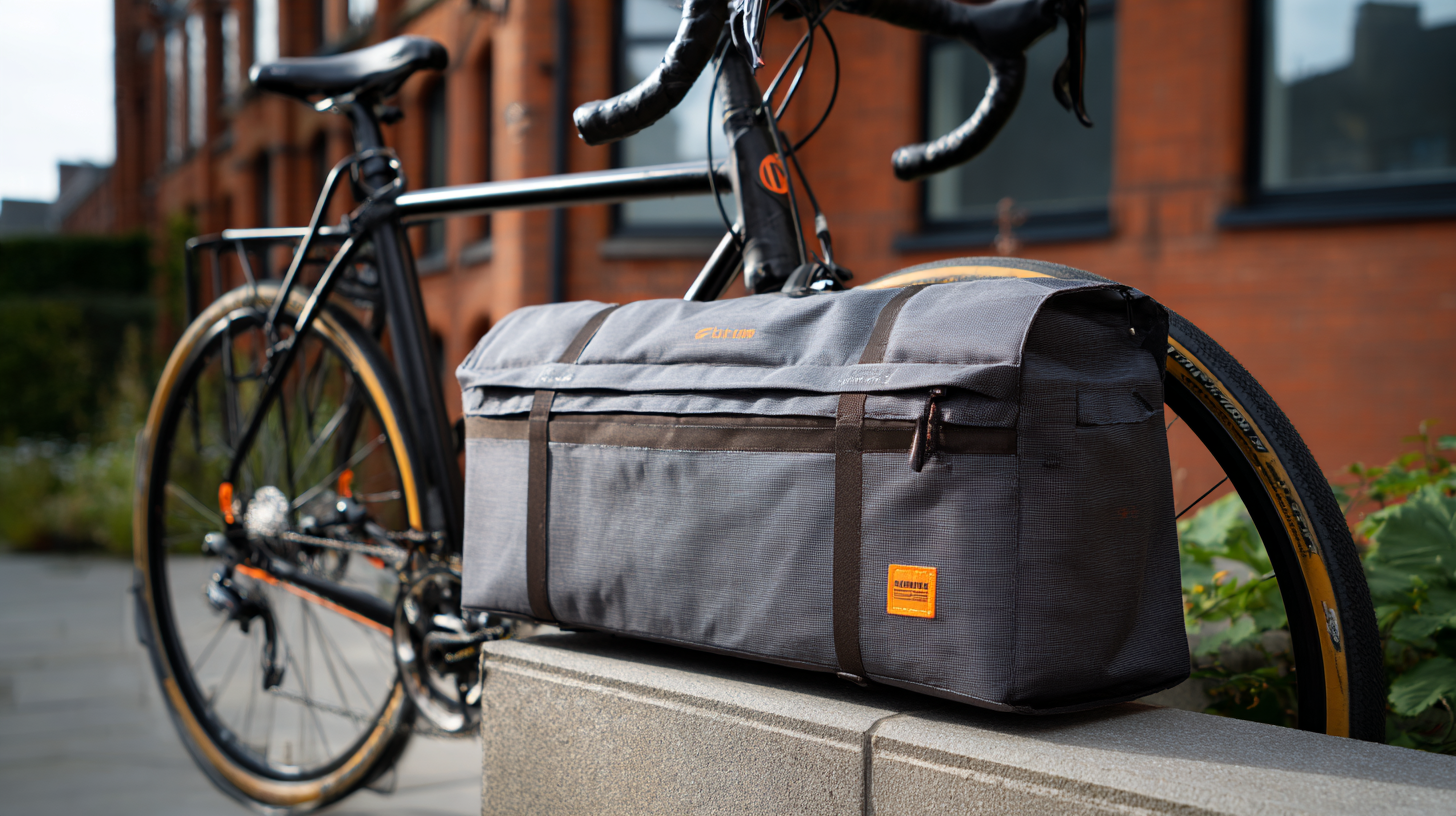
Another critical feature is the bag's material and durability. A study from the International Journal of Sports Equipment found that bags made from high-quality, waterproof materials significantly improve the longevity of storage solutions, especially for avid cyclists who often face varied weather conditions. Look for bags that utilize rip-resistant fabrics and reinforced stitching, as these can withstand the wear and tear of regular use. Furthermore, additional features like reflective strips for visibility and attachment points for lights enhance safety during nighttime rides. By considering these specifications, cyclists can make informed decisions when investing in a cycling storage bag that meets their needs.
Materials and Durability: What to Consider
When selecting the perfect cycling storage bag, understanding materials and durability is paramount. The material used in the construction of the bag affects not only its longevity but also its ability to protect your gear from the elements. Look for bags made of high-quality nylon or polyester, as these fabrics are known for their toughness and resistance to abrasions. Additionally, waterproof options or those with water-resistant coatings can provide an extra layer of protection for your gear, keeping it safe during unexpected weather changes.
Durability goes beyond mere material choice; it's also about the overall craftsmanship and designs that enhance the bag's lifespan. Double-stitched seams and reinforced straps can help withstand heavy loads and frequent use, ensuring that your cycling storage bag holds up over time. Furthermore, consider how the bag is constructed—features like padded compartments and external pockets can improve functionality while contributing to the bag's robustness. By prioritizing these aspects, you can choose a cycling storage bag that not only meets your immediate needs but also stands the test of time.
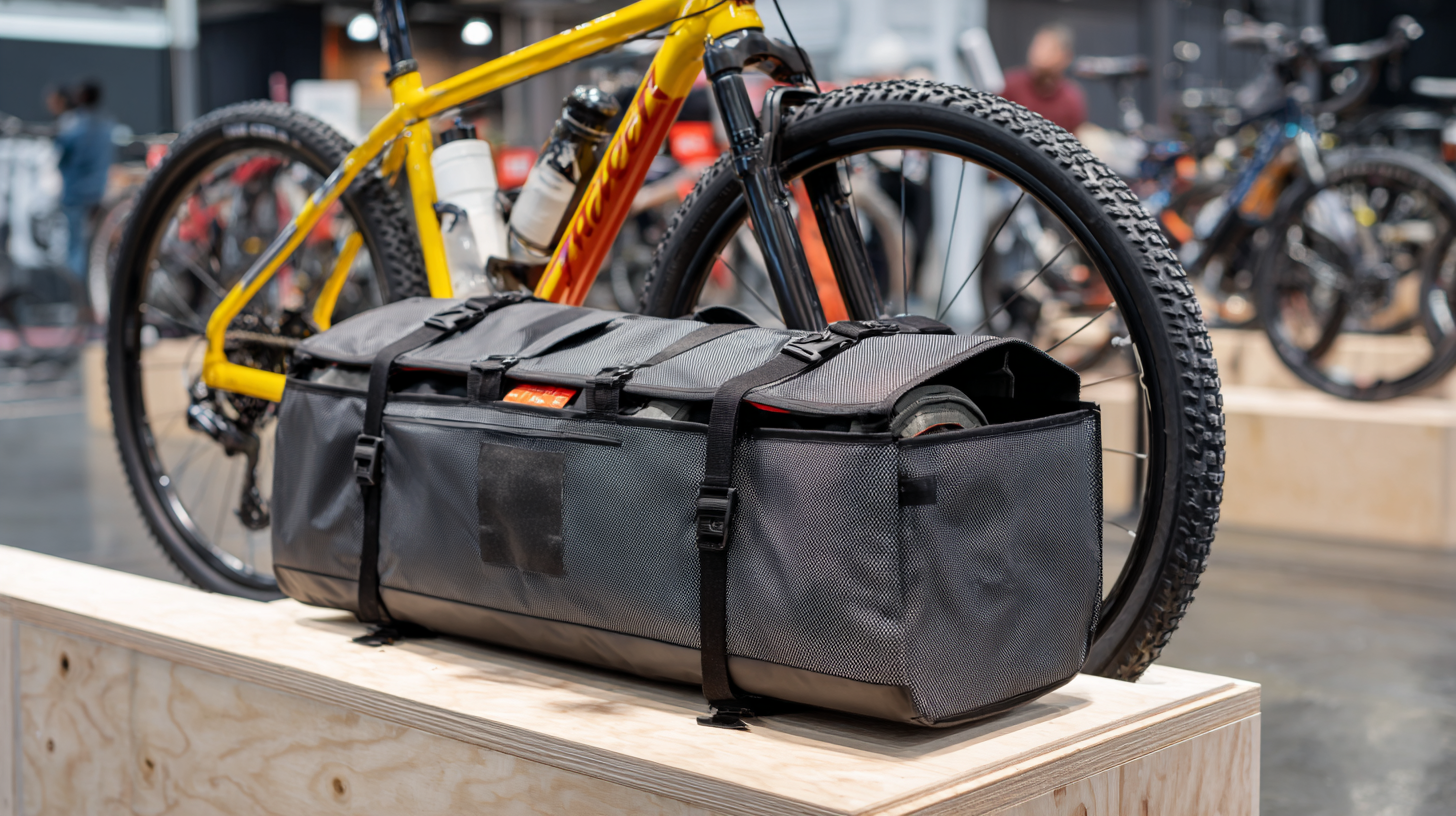
Size Matters: Finding the Right Fit for Your Gear
When selecting the ideal cycling storage bag, size is a critical factor that affects not only portability but also functionality. Industry reports indicate that a significant portion of cyclists, approximately 72%, prioritize size and weight when choosing storage solutions. A bag that is too large may add unnecessary bulk, while one that is too small could compromise the safety of your gear. It's essential to consider the specific dimensions of your items, including your bike tools, clothing, and other accessories. According to a survey by the Cycling Industry Association, 68% of cycling enthusiasts find that a well-fitted bag greatly enhances their riding experience, making proper sizing a key element of their overall satisfaction.
Moreover, understanding the dimensions of your bike components can help ensure that your storage solution complements your gear. Research suggests that the average length of essential cycling tools, like multi-tools and spare tubes, falls within 6 to 8 inches. When choosing a bag, opt for one that offers compartments that mirror these measurements, allowing for organized storage and easy access. Additionally, consider bags designed with expandable features; reports show that 65% of cyclists prefer storage bags that can expand or contract based on their specific trip needs. By selecting a bag that considers both the size of your gear and personal packing habits, you can achieve the perfect balance for your cycling adventures.
5 Essential Tips for Choosing the Perfect Cycling Storage Bag - Size Matters: Finding the Right Fit for Your Gear
| Dimension | Description | Ideal Size Range (cm) |
|---|---|---|
| Length | The length of the bag should accommodate your gear comfortably. | 40 - 60 |
| Width | Ensure the width allows for easy packing and unpacking of equipment. | 20 - 30 |
| Height | Height should be suitable for taller items without being too bulky. | 15 - 25 |
| Capacity | The total volume the bag can hold; consider your needs. | 15 - 30 L |
| Weight | Lightweight materials help while traveling and riding. | 500 - 900 g |
Budgeting: Getting the Best Value for Your Cycling Bag
When it comes to selecting a cycling storage bag, budgeting plays a crucial role in ensuring you get the best value for your investment. Cycling bags come in a wide range of prices, and it’s essential to identify what features are non-negotiable for your needs. Start by setting a budget that reflects not only the maximum you’re willing to spend but also takes into account the long-term benefits of a quality bag versus cheaper alternatives. Investing in a durable, well-designed bag can often save you money in the long run, as it will withstand the test of time and frequent use.
To maximize your budget, research and compare various brands and models. Look for reviews that highlight durability and usability, as these will give you insight into whether a bag is worth more than its price tag. Additionally, consider the functionality of the bag: does it have enough compartments for your gear, is it waterproof, and is it easy to carry? Sometimes, spending a little more can mean paying for added convenience and protection for your equipment, making the higher investment a practical choice for avid cyclists. Remember to factor in special sales or promotions, which can provide significant savings on high-quality cycling bags, aligning both your budget and your cycling needs.
5 Essential Tips for Choosing the Perfect Cycling Storage Bag
Related Posts
-

7 Reasons Why a Cycling Storage Bag is a Must-Have for Every Cyclist
-

Top Strategies for Choosing the Best Motorcycle Storage Bag for Global Buyers
-

Global Suppliers Trust Chinese Exports in Medical Equipment Bags Driven by 2023 Market Trends
-
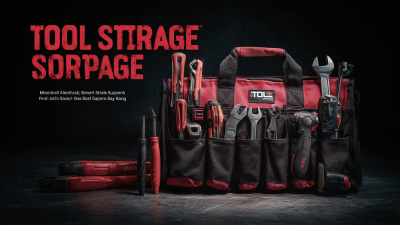
Maximizing After Sales Support and Repair Savings with the Best Tool Storage Bag
-

7 Essential Tips for Choosing the Perfect Tool Storage Bag for Your Needs
-
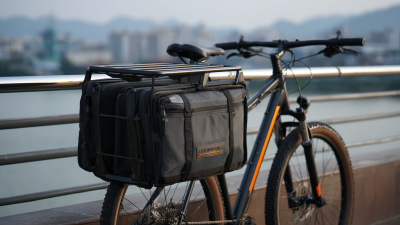
China's Leading Manufacturing Excellence in Best Bike Rack Bags for Global Buyers
